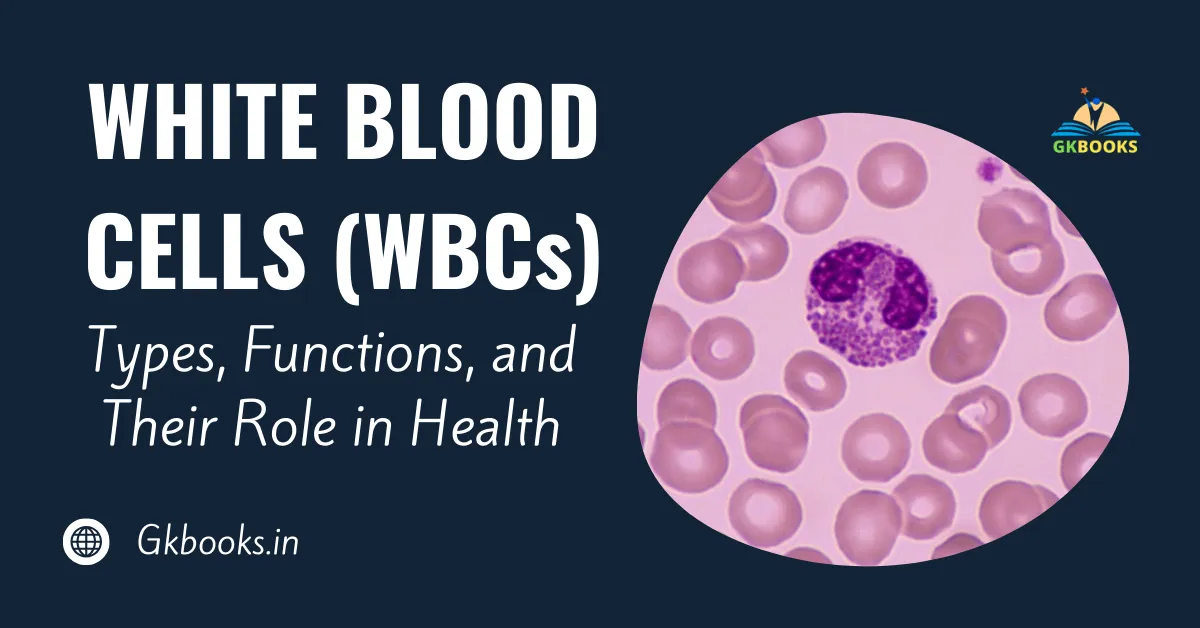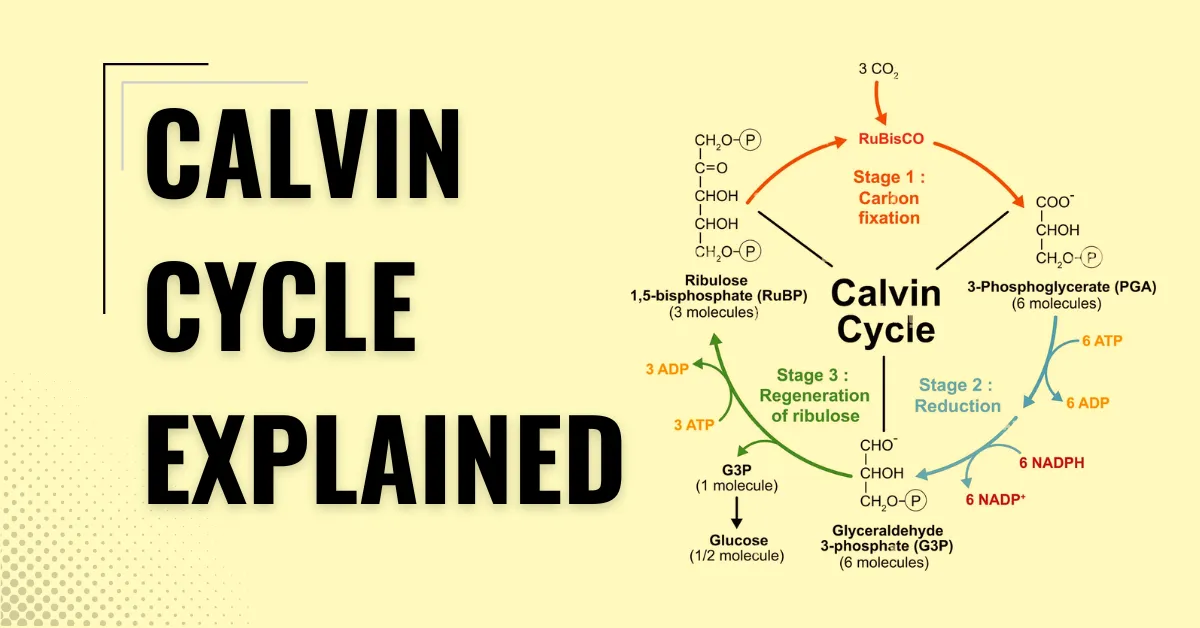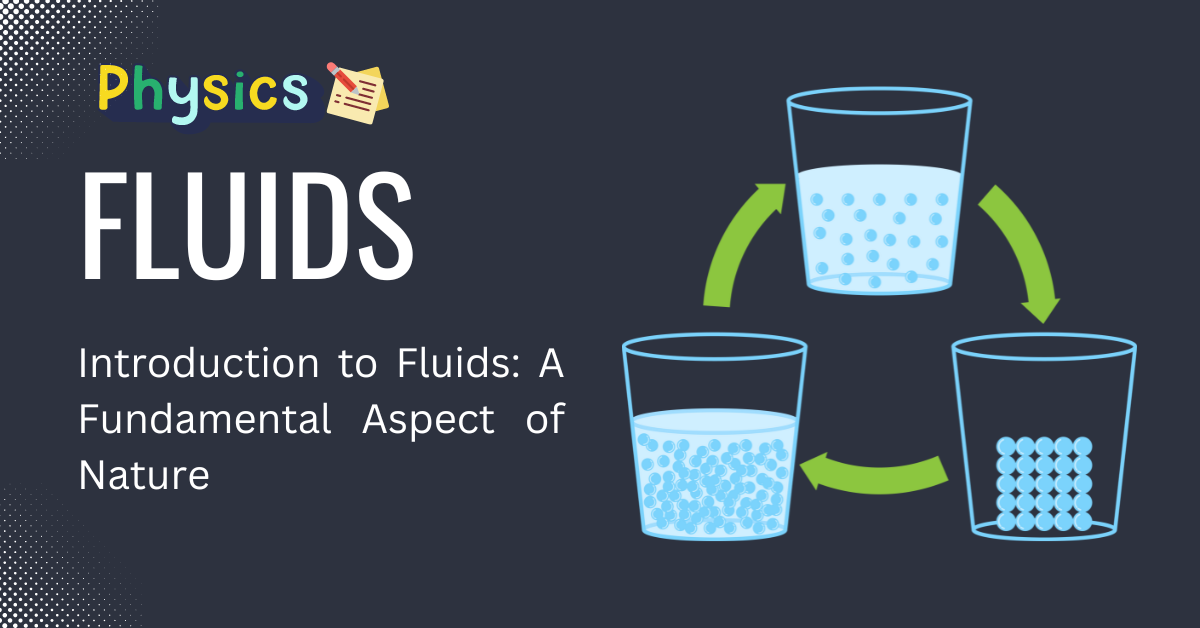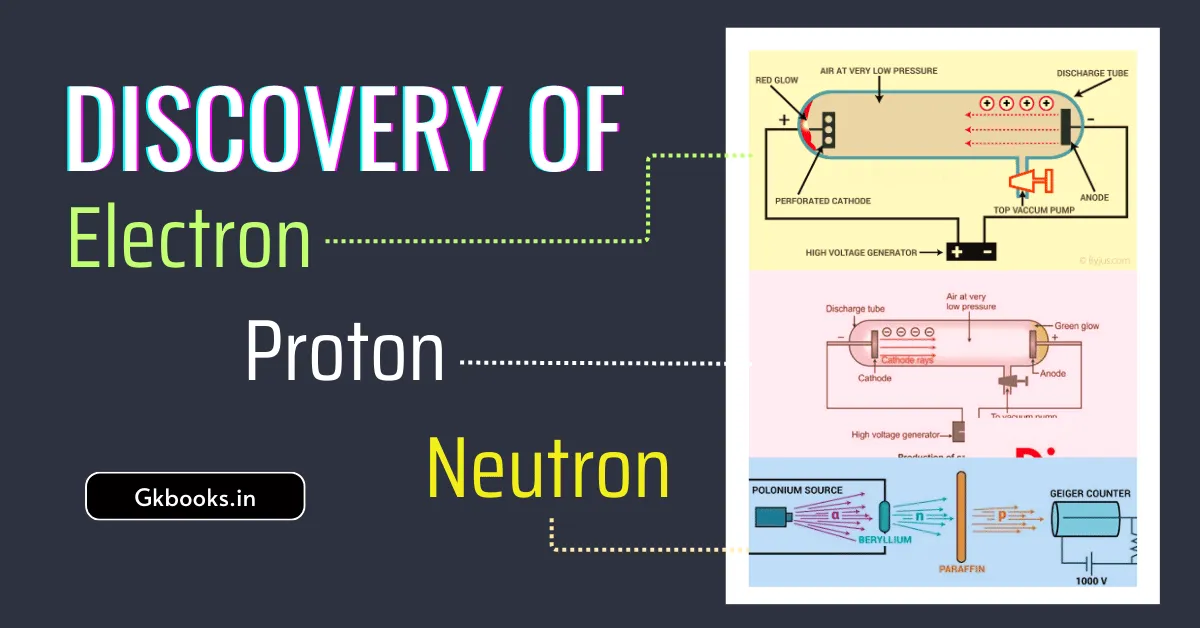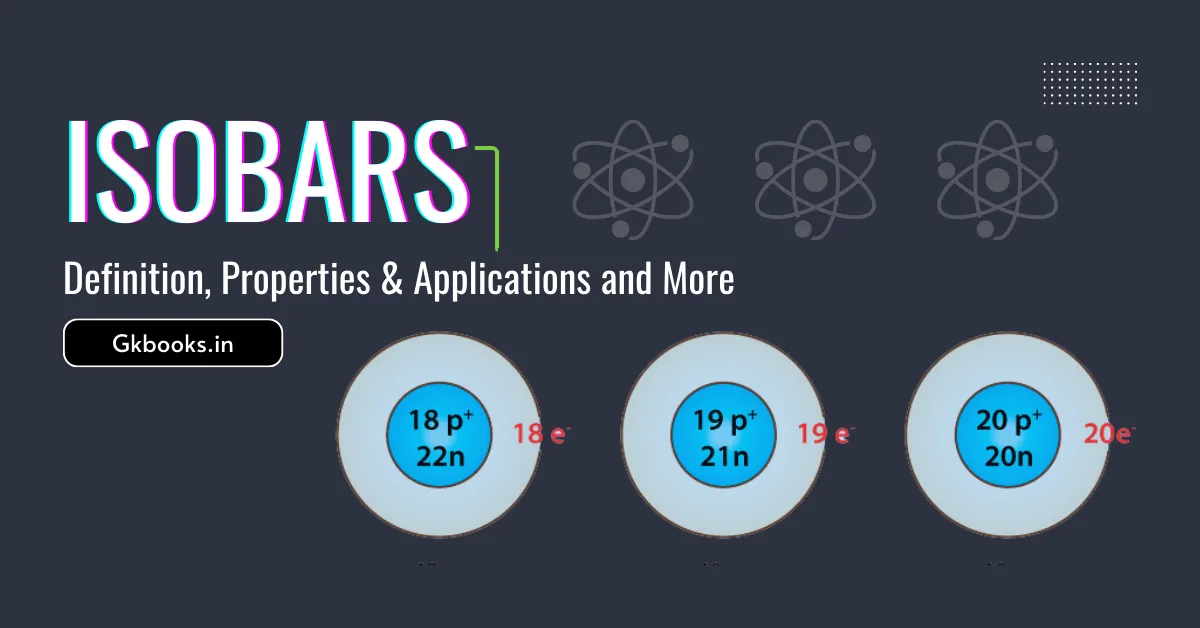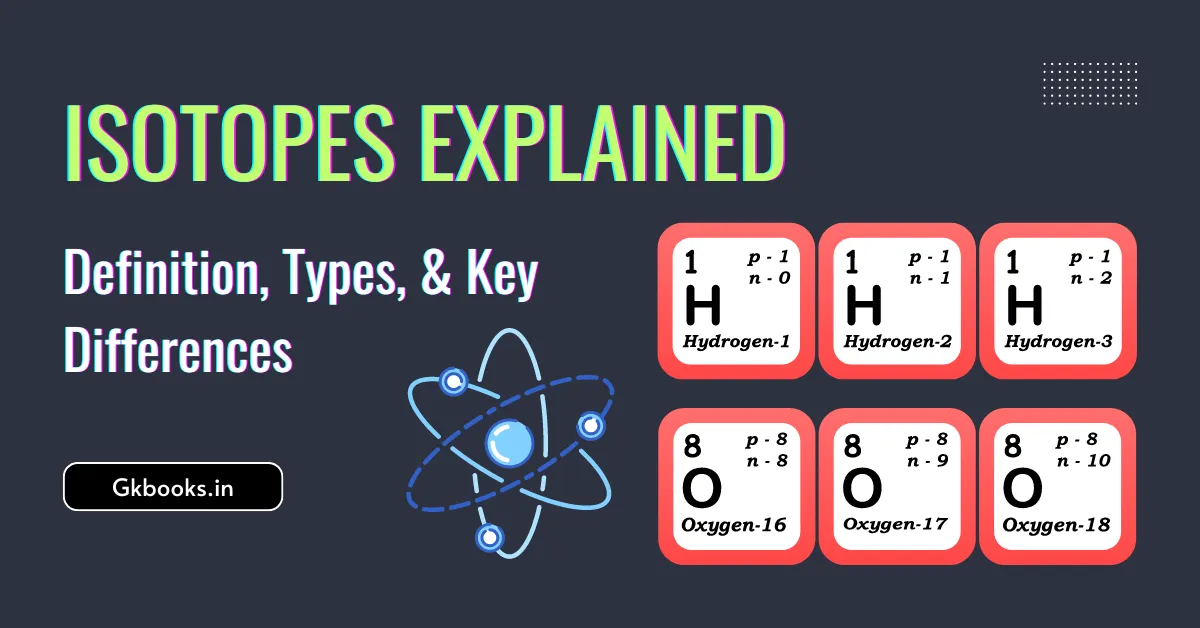Different Characteristics of Sound: An In-Depth Look at Its Core Properties
Sound is all around us! Whether it’s music, a ringing phone, or a person talking, sound waves help us hear different noises. But what makes sounds loud or soft, high or low, clear or unclear? These features are called the characteristics of sound. In this article, we will explore the different properties of sound, such … Read more




